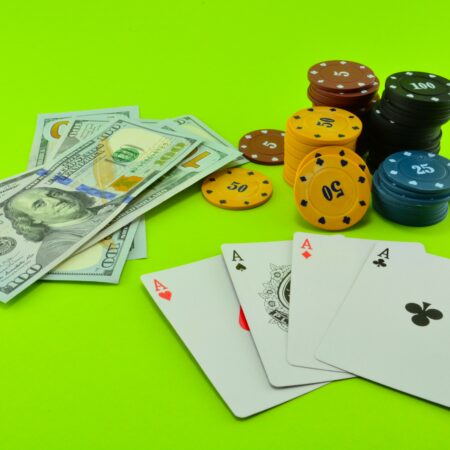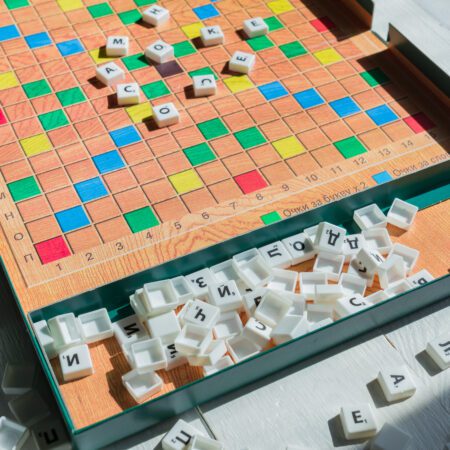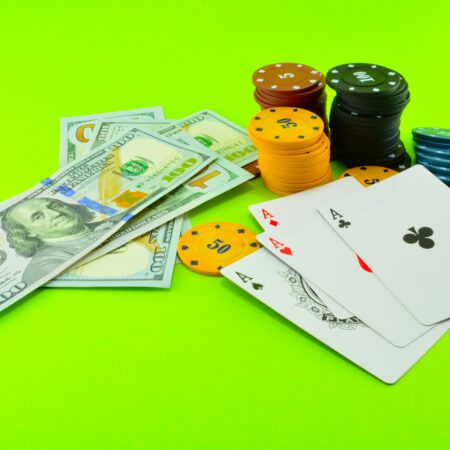Discover the mathematics behind gambling and understand the concept of odds. Learn how casinos make money and strategies to improve your odds of winning.
The Mathematics of Gambling: Understanding the Odds
Have you ever wondered how casinos make money? Or maybe you’re curious about your chances of winning big at the roulette table. Understanding the odds in gambling is crucial if you want to make informed decisions and maximize your chances of success. In this article, we’ll delve into the mathematics behind gambling and help you grasp the concept of odds.
What Are Odds?
Odds are mathematical calculations that represent the probability of an event occurring. They indicate the likelihood of a particular outcome happening and can help you determine the potential return on your investment in gambling. Odds can be expressed in different formats, such as fractions, decimals, or percentages.
Let’s take a simple coin toss as an example. The odds of getting heads or tails are both 1 in 2 or 50%. This means that if you bet on heads and win, you’ll double your money.
The House Edge
When you step into a casino, you’ll notice that the odds are always slightly in favor of the house. This is known as the house edge. It’s a built-in advantage that ensures the casino makes a profit in the long run, regardless of individual wins or losses.
The house edge is typically expressed as a percentage. For example, in roulette, the house edge is around 2.7% in European roulette and 5.26% in American roulette. This means that, on average, for every $100 bet, the casino expects to make $2.70 or $5.26 in profit, respectively.
Probability and Expected Value
To understand the odds further, we need to grasp the concept of probability and expected value. Probability is the likelihood of an event occurring, while expected value is the average value of an outcome over the long run.
Expected value is calculated by multiplying the probability of an event by its payoff. For example, if you bet $10 on a roulette number with a 1 in 36 chance of winning, the expected value can be calculated as follows:
(1/36) x $350 (payout for a winning bet) – (35/36) x $10 (amount lost on losing bets) = -$0.28
As you can see, the expected value is negative. This means that, on average, you can expect to lose $0.28 for every $10 bet on this particular number. It’s important to note that expected value is only valid over the long run and can vary significantly in the short term.
Strategies to Improve Your Odds
While the house always has an edge, there are strategies you can employ to improve your odds and make smarter gambling decisions:
- Bankroll Management: Set a budget for your gambling activities and stick to it. This will help you avoid chasing losses and make more calculated bets.
- Understand the Games: Learn the rules, strategies, and odds of the games you play. This knowledge will enable you to make informed decisions and identify the games with the lowest house edge.
- Take Advantage of Bonuses: Many online casinos offer bonuses and promotions that can boost your bankroll. Make sure to read the terms and conditions and take advantage of these offers.
- Play for Fun: Remember that gambling is ultimately a form of entertainment. Don’t rely on it as a source of income. Set realistic expectations and enjoy the experience.
Conclusion
Gambling is a fascinating world that intertwines mathematics, probability, and chance. By understanding the odds and the concept of the house edge, you can approach gambling with a better understanding of the risks involved. Remember, gambling should be enjoyable, and it’s always important to gamble responsibly.










